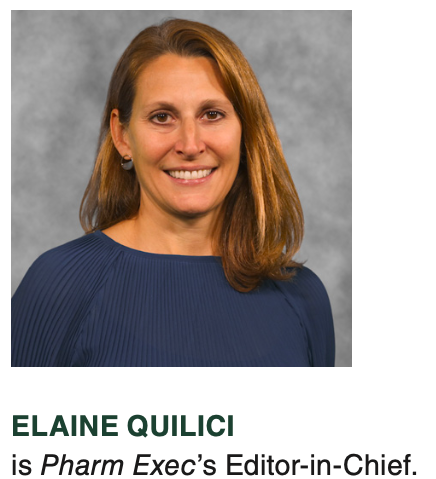Early Input Necessary in Creating Smooth C-Suite Transitions
Tips for surviving a shift in executive roles.

Transitions can be a challenge at any level, but when the c-suite gets shaken up, companies need to pay special attention to ensure the handoff is as smooth and effective as possible.
“When a CEO comes in, it’s a little different than traditional onboarding,” says Brad Margus, who is in the midst of transitioning out of the CEO role at Cerevance, a Boston-headquartered biotech focused on central nervous system diseases with research labs in Cambridge, UK. “It’s more about really plugging them into the culture of a company, and getting to a point where the CEO feels ownership and realizes it’s their company now, and they can make it whatever they want. A CEO’s position is different than any other kind of role you bring into the company.”
Identifying a successor
According to Maurice “Mo” Cayer, PhD, a distinguished faculty member, lecturer, and program coordinator for the MS-Human Resources program at the University of New Haven, research indicates that hiring from the outside, on average, fails more often than promoting somebody from within. The reason is because a company knows more about internal candidates, and that can help balance their assessments of who to promote.
To make use of that “insider” information, companies should look at past reviews and solicit feedback from people who have worked with the candidate. For example, collecting a 360-degree assessment of a vice president of research would include people within the research area, their peers in clinical development, marketing, and regulatory, says Cayer. When conducting these “360s,” he suggests evaluating the following areas, which have been proven to contribute to the success of leaders:
- Can the person lead a successful change initiative?
- Do they have learning agility? Have they learned, for example, new therapeutic or functional areas along their career path?
- Can they work cross-functionally, which is more than being just a team player?
- Are they known to confront performance challenges, or do they sweep them under the rug?
- Do they balance humility with ambition?
An effective transition
Leaders need to look at the long-term needs of the organization, not just the urgent ones. They need to address sustained challenges and ensure that the senior leadership team works together in collaborative, optimizing, cross-functional relationships. Once someone is hired, they should be involved from “day zero,” Cayer says.
Margus agrees new executives should be part of the conversation early on. He sees a transition as a good opportunity to get a fresh perspective on the company’s strategy. “I have seen some boards make a mistake where they try to have all the strategy figured out when the new CEO joins,” he says. “They tell the new guy ‘Here’s what the company needs to do.’ But you have to be careful with that. As executive chair, I’ll be telling the board, ‘Let’s hear what the new guy thinks. Let’s force him to do some thinking about our strategy.’”
Cayer is a big believer in coaching at all levels, but for transitioning an executive role, he feels hiring an external executive or leadership coach is essential. After identifying the development needs from interviews with co-workers and speaking with the target person’s boss, a coach can work with the individual to meet those needs.
It’s also a good idea to have an overlap period, if possible. This might be longer and more supportive for a first-time CEO, but in the case of Cerevance, newly appointed CEO Craig Thompson had already held that position twice before, so Margus plans on just a six-month transition.
Another way Cerevance helped ease its CEO handoff was with a virtual fireside chat. “I interviewed Craig and asked him the kinds of questions I knew people were interested in,” says Margus. “This enabled him to take us through his impressive background while I could also rave about him in a way that he couldn’t as he introduced himself. It was also a chance for people to see—despite the press release—the real interaction and chemistry between [us].”
Thompson realizes the change isn’t just about him; it’s a change for the entire company. “The big takeaway for me is to communicate often and well,” he says. “Communicate expectations, make sure you have a great partner, and if you have a question, pick up the phone and ask.”
Elaine Quilici is Pharm Exec’s Editor-in-Chief. She can be reached at equilici@mjhlifesciences.com.
